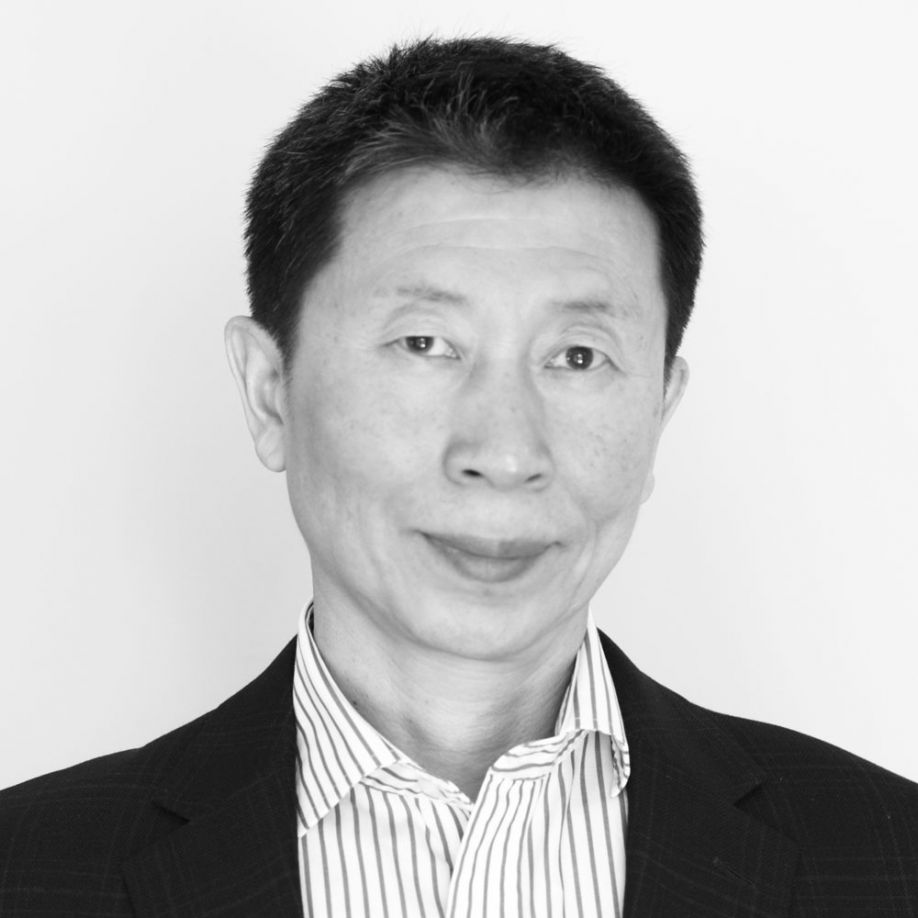5G, especially when combined with MEC (Mobile or Multi-access Edge Compute), can fundamentally change robotics. With massive and low-latency connectivity, robots can offload their computing and intelligence to edge servers that have much greater capacity and scalability.
 How Verizon 5G is Powering the Future of Robotics
How Verizon 5G is Powering the Future of Robotics

Q&A with Weimin Liu | Verizon's Technology and Product Development
What is your role at Verizon?
I work in the Technology and Product Development organization and my role focuses on technology evaluation and partnership management.
Can you share a bit of background on Verizon’s 5G Labs?
The Verizon 5G Labs are part of Verizon's outreach program to engage start-ups, enterprises, academia, and other R&D labs for co-creation and use case development. Verizon has five 5G Labs nationwide located in New York, Cambridge Mass, DC, Los Angeles, Palo Alto, CA and D.C. Each lab has a core focus in areas like financial services, robotics, public safety, entertainment and information technology. At our labs, we not only co-create 5G concepts but we trial them on live 5G. We explore use cases that will benefit from 5G's high speeds, massive bandwidth and ultra-low latency. The goal of the Labs is to support and foster the next great start-up.
How is 5G changing robotics? Where do you envision it will have the most impact in the industry?
5G, especially when combined with MEC (Mobile or Multi-access Edge Compute), can fundamentally change robotics. With massive and low-latency connectivity, robots can offload their computing and intelligence to edge servers that have much greater capacity and scalability, easier maintenance, and better upgradability. Robots can become lighter, cheaper, and have more intelligence. Their users will have more choices for hardware, software, and add-on functionality.
What will 5G-enabled robots be able to do?
Robots are already deployed in retail, hospitality, manufacturing, healthcare, emergency services, and other areas. With 5G, robots will do the jobs they already do much better and 5G will unlock other capabilities we don't even know are possible yet.
What robotics companies is Verizon working with in its 5G Labs? What applications are you collaborating on?
In February, we announced the winners of our 5G Robotics Challenge which called for teams to develop 5G-powered robotics technologies that will transform modern industry. Each winning team received $30,000 to create insights, develop new use cases, and conceive innovative products that will advance the robotics industry by leveraging the unique speed, bandwidth and latency benefits of Verizon's 5G technology and Mobile Edge Compute.
The teams created solutions in three key areas: industrial automation, collaborative robotics (cobots), and warehouse automation and they were given access to dedicated 5G networks at Verizon's 5G Cambridge Lab, as well as 5G training and mentorship from Verizon.
Some of the cool 5G use cases we saw included one from UMass Lowell who developed a miniature humanoid robot that could be remotely controlled in near real time to help with disaster response, search and rescue in areas too dangerous for first responders. Also, we saw an application from Southie Autonomy where operators use projection mapping and the wave of a wand in order to remotely control robotic systems and teach them to perform repetitive tasks with the help of 5G and artificial intelligence.
Have there been any breakthroughs in robotics using 5G that came out of Verizon’s Labs operated?
One of our Lab residents, Medivis, recently received FDA approval for its augmented reality surgical planning toolkit.
We’ve also launched several challenges to spur innovation including the 5G NFL Gaming Challenge and the Built on 5G Challenge, a nationwide search for the best products, services, and applications that will bring the true power of 5G to life. We’ve also sponsored challenges in Education, Robotics, and Public Safety to help inspire 5G innovation and ideas.
Is 5G reliable and robust in a factory environment?
5G is an evolution over previous generations of mobile networks and will have enhanced reliability and security. Factories have somewhat different propagation characteristics from those specified by 3GPP standards. We're still at the beginning of the 5G journey, but we already see great improvements over older technologies.
Are there any other 5G developments that you would like to talk about here?
We recently announced that we’re working with AWS to bring cloud computing services closer to the edge of our 5G network. This means ultra low latency that will enable everything from smart cars and cities to AR/VR applications. We can't wait to see what new applications and experiences will be unlocked.
 About Weimin Liu
About Weimin Liu
Since 2018 Weimin Liu has been a Distinguished Member of Technical Staff in Verizon's Technology and Product Development organization, responsible for emerging-technology evaluation and strategic partnership management, working with startups, enterprises, research labs, academia, incubators, and venture capitalists. His coverage spans both consumer and business, across several verticals including retail and manufacturing, especially those enabled and accelerated by 5G mobile network and multi-access edge compute (MEC).
If you like this article you may like "Is Software the Future of Robotics?"
The content & opinions in this article are the author’s and do not necessarily represent the views of RoboticsTomorrow
Comments (0)
This post does not have any comments. Be the first to leave a comment below.
Featured Product

